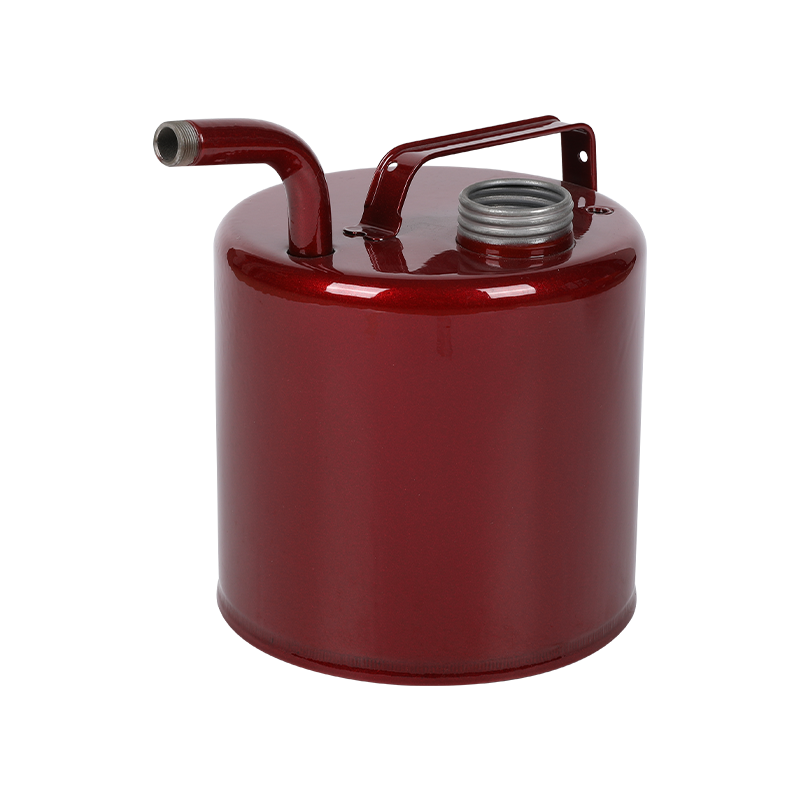The pressure release valve on a motorcycle portable fuel tank serves an important safety function related to the expansion and contraction of fuel due to temperature changes and atmospheric pressure variations. Here's how the pressure release valve works and why it's crucial:
Function:
The pressure release valve is designed to prevent excessive pressure buildup within the portable fuel tank. As the temperature changes, the fuel inside the tank can expand or contract, leading to changes in internal pressure. Additionally, atmospheric pressure changes at different altitudes can also impact the pressure inside the tank.
Mechanism:
The pressure release valve is usually a one-way valve that allows air to flow in and out of the fuel tank, helping to equalize the pressure inside and outside the tank. If the pressure inside the tank becomes too high due to fuel expansion, the valve opens to release excess pressure, preventing the tank from becoming over-pressurized. This feature helps prevent leaks, fuel spills, and potential hazards that could arise from a tank that's under high pressure.


Importance:
Without a pressure release valve, the expanding fuel could cause the tank to rupture, leading to fuel leakage, potential fires, or even explosions in extreme cases. The valve helps maintain a safe operating pressure range within the tank, ensuring that it can handle the normal variations in temperature and pressure that occur during transportation and storage.
Considerations:
It's important to ensure that the pressure release valve is functioning properly and is not obstructed. Regular inspection and maintenance of the valve, as well as following manufacturer guidelines, can help ensure its effectiveness. This is especially crucial if you're traveling to areas with significant altitude changes, as the atmospheric pressure difference could affect the pressure inside the tank.
The pressure release valve is a critical safety feature in a motorcycle portable fuel tank. It prevents over-pressurization of the tank due to temperature changes and atmospheric pressure variations, reducing the risk of fuel leaks, spills, and potential accidents.

 English
English русский
русский Deutsche
Deutsche












